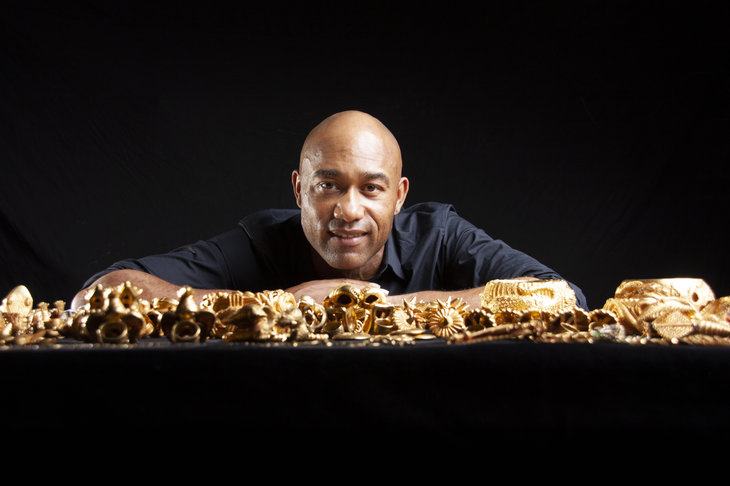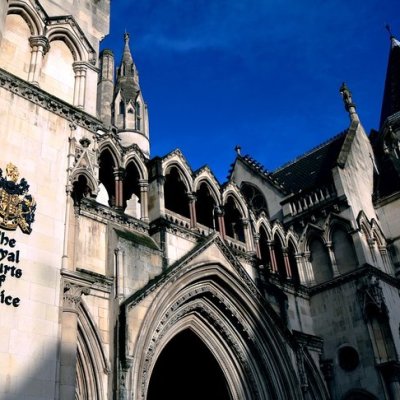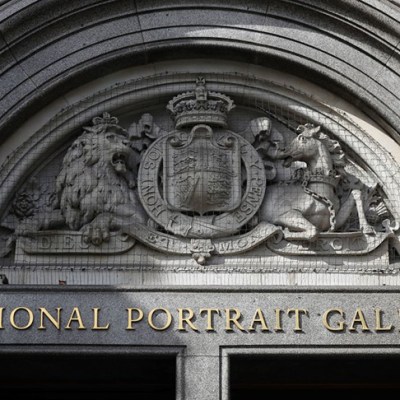Our daily round-up of news from the art world
Gus Casely-Hayford appointed first director of V&A East | The V&A has appointed Gus Casely-Hayford OBE as the inaugural director of V&A East. Casely-Hayford is currently director of the Smithsonian National Museum of African Art in Washington, D.C., and holds fellowships at King’s College and SOAS in London. He has presented television documentaries for Sky Arts and the BBC, and regularly advises arts organisations in the UK and abroad. Casely-Hayford will be responsible for future exhibition programming and creative strategy across V&A East’s two new sites: a museum at Stratford Waterfront, and a research institute at Here East. V&A East is expected to open in 2023.
Los Angeles police recover $800,000 of stolen lithographs | Police in Los Angeles have recovered a 1,300-strong collection of stolen lithographs by the Scottish artist Benjamin Creme, which officers claim have an estimated value of $800,000. The hoard was discovered in a storage unit in the suburb of San Fernando after officers received a call from a relative of the unit’s deceased owner, who claimed he believed the works had been stolen after checking an online database for missing artworks. The collection has been returned to lithographer Michael Flaum, the original producer of the works, who realised that they had disappeared in 2012. It is currently unknown as to how the lithographs came to become the property of the deceased owner, but officers do not believe that the individual knew the collection had been stolen.
First archaeological evidence of prehistoric hunting traps discovered in Mexico | In the first discovery of its kind, Mexican archaeologists have found two prehistoric traps used by hunters to capture elephantine mammoths. The two pits, which were found to contain 824 bones from at least 14 mammoths, were dug more than 15,000 years ago, according to researchers from Mexico’s National Institute of Anthropology and History, who claimed the findings are ‘the largest… of its kind ever made’. The hunters, who may have used torches to lure the mammoths into the traps, dug pits six feet deep and 25 yards in diameter. The findings of the dig, which took place over the course of ten months, is ‘evidence of direct attacks on mammoths’, according to excavation leader Luis Córdova Barradas.
Sally Dixon (1932–2019) | Sally Dixon, the American curator who was instrumental in introducing the display of avant-garde film to museums, has died at the age of 87. Dixon helped to establish the film section at the Carnegie Museum of Art in Pittsburgh, Pennsylvania – the first of its kind in the USA – where she worked as founding curator between 1970 and 1975, supporting the work of artists such as Stan Brakhage, Hollis Frampton and Carolee Shneemann. In 1973 Dixon established the monthly journal Film and Video Makers Travel Sheet, and later took up directorship posts at media arts centre Film in the Cities and the Bush Foundation in St Paul’s, Minnesota, in addition to holding a fellowship at the University of Colorado.
Recommended reading | The New York Times visits Celia Paul and Cecily Brown to explore the artists’ varied approaches to female subjectivity and womanhood. Ahead of an immersive exhibition featuring a solo work – Leonardo’s The Virgin of the Rocks – which opens at the National Gallery in London this weekend, The Times examines the role of virtual reality in today’s museum practices.



